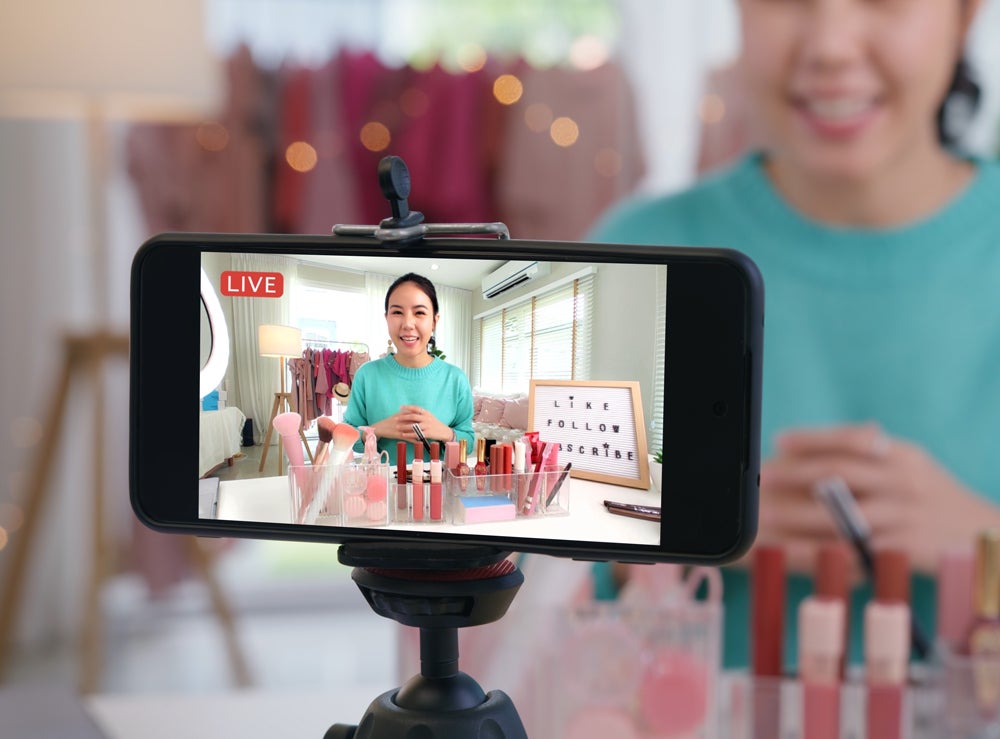Livestream shopping is nowhere near as popular in the US as it is in China.
In the US, “live commerce” is still a buzzword, said Vincent Yang, co-founder and CEO of commerce platform Firework. Livestream shopping is less than one percent of US ecommerce, he said, whereas in China it’s expected to make up nearly a quarter of the ecommerce market by 2023.
The difference lies in social media.
US platforms are trying to copy China’s approach to shoppable video formats, rather than applying them to US consumer shopping habits, Yang said. He co-launched Firework in 2017 to help bridge that gap for brands.
Specifically, Firework is a software-as-a-service (SaaS) business that develops livestream video ad formats that integrate into the backends of brands’ websites, including a direct line to checkout.
It’s a startup, but it secured an additional $150 million in funding in May, valuing the company at about $750 million. (And Google reportedly considered acquiring the company in 2019.)
Peer pressure
Livestream shopping is so successful in China because it’s centered on social media platforms, where people do a lot of their shopping.
In China, social commerce was a $186 billion business in 2019. But in the US, social platforms only generated $19 billion in sales the same year.
Most people in China access the internet through social media, in part because of government-sponsored censorship online. In the US, almost all shopping takes place on the open web.
Brands pouring money into livestream shopping on social are missing the mark, Yang said.
It’s why Facebook gave up on live shopping, he added, and Amazon isn’t getting much traction, either. (If you click around on Amazon’s live shopping portal, chances are you won’t find many videos with more than 100 viewers.)
“Social is a great tool for brand lift in the US,” Yang said. “But that doesn’t mean people use it to shop.”
Livestream shopping works in the right place, he said, which is why Firework built the capability for brands to “bring social experiences back onto their websites.”
Site-seeing
Because livestream shopping in the US is in its infancy compared with the mature Chinese market, most of Firework’s US-based clients are still getting their feet wet with prerecorded videos (such as Reels and TikToks) that support shopping. In contrast, Firework’s clients in Asia go all-in on live.
Still, taking short video clips from social and slapping them onto websites seems to have made somewhat of a difference for brands.
Specialty food retailer The Fresh Market, for example, integrated shoppable video into its site. The move boosted clickthrough rates by 97% (compared with its average) and doubled ROI.
“Most of our clients are brands that tried livestream shopping on social first, but weren’t getting the ROIs they expected,” Yang said.
During one livestream sales event, The Fresh Market tripled its product clickthrough rates and drew in five times more viewers than its simulcast on social.
From Firework’s perspective, livestream shopping works, even in the US. But with social platforms calling it quits on livestream shopping, the experience may live somewhere different – the open web – as it comes to the US.


















